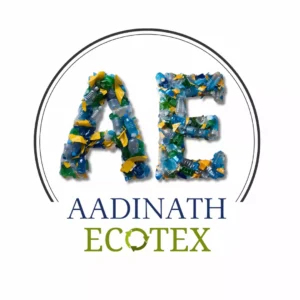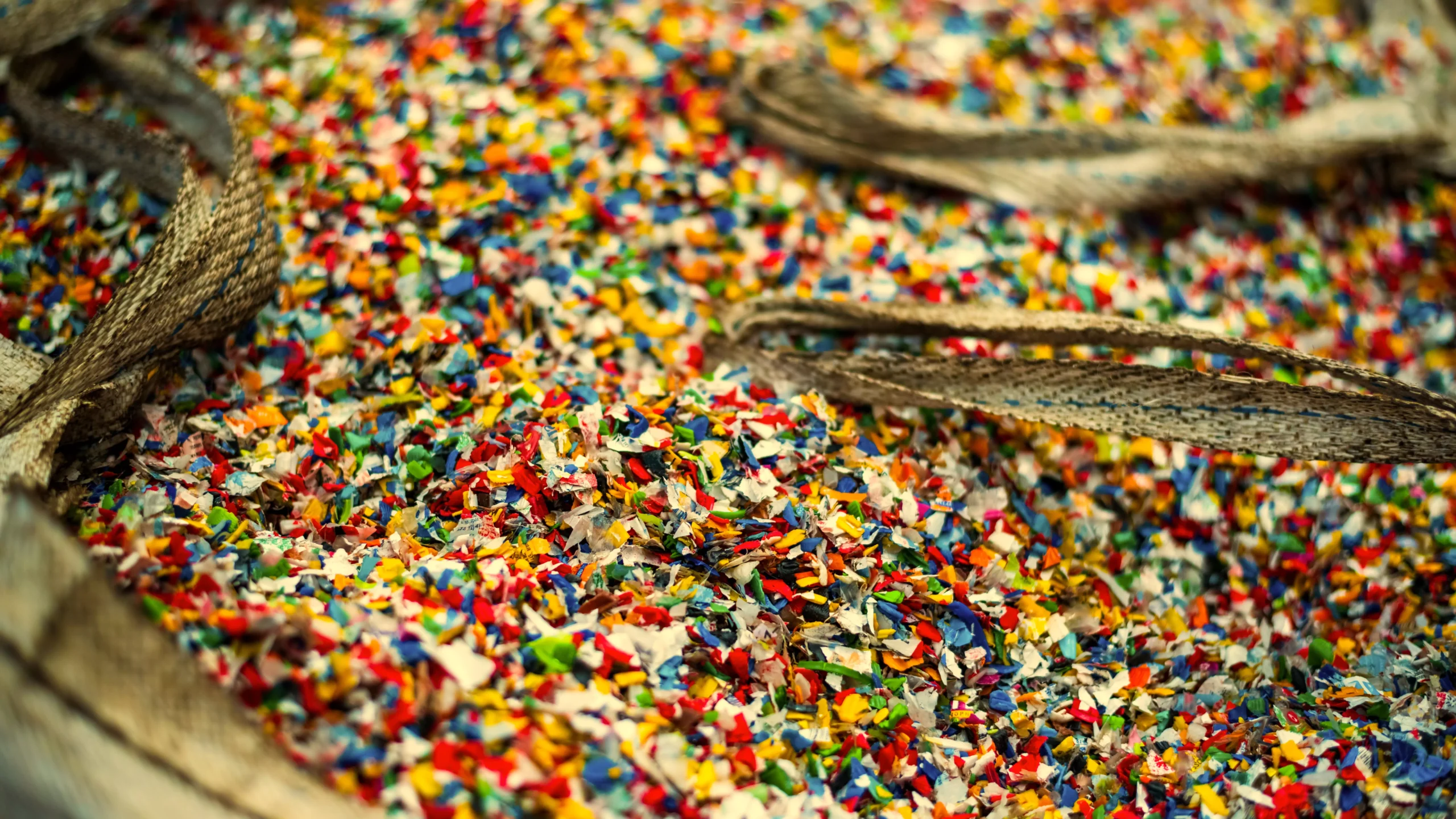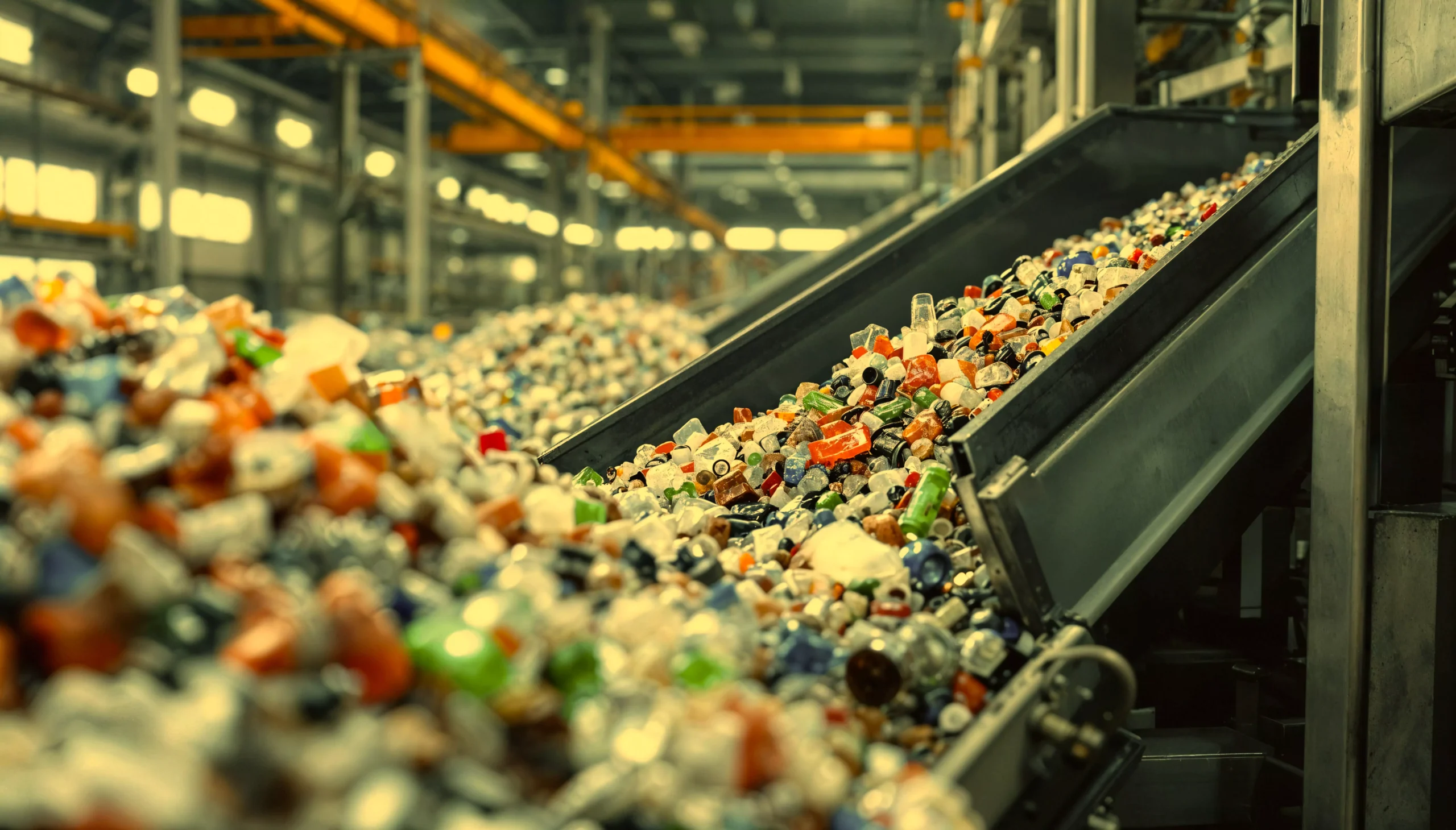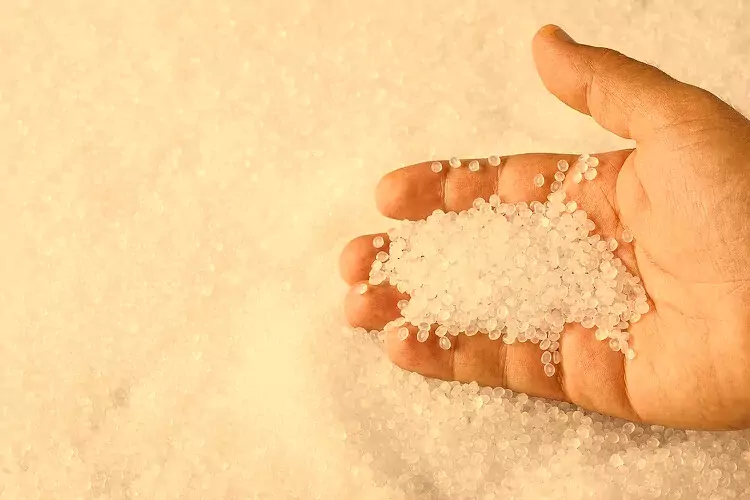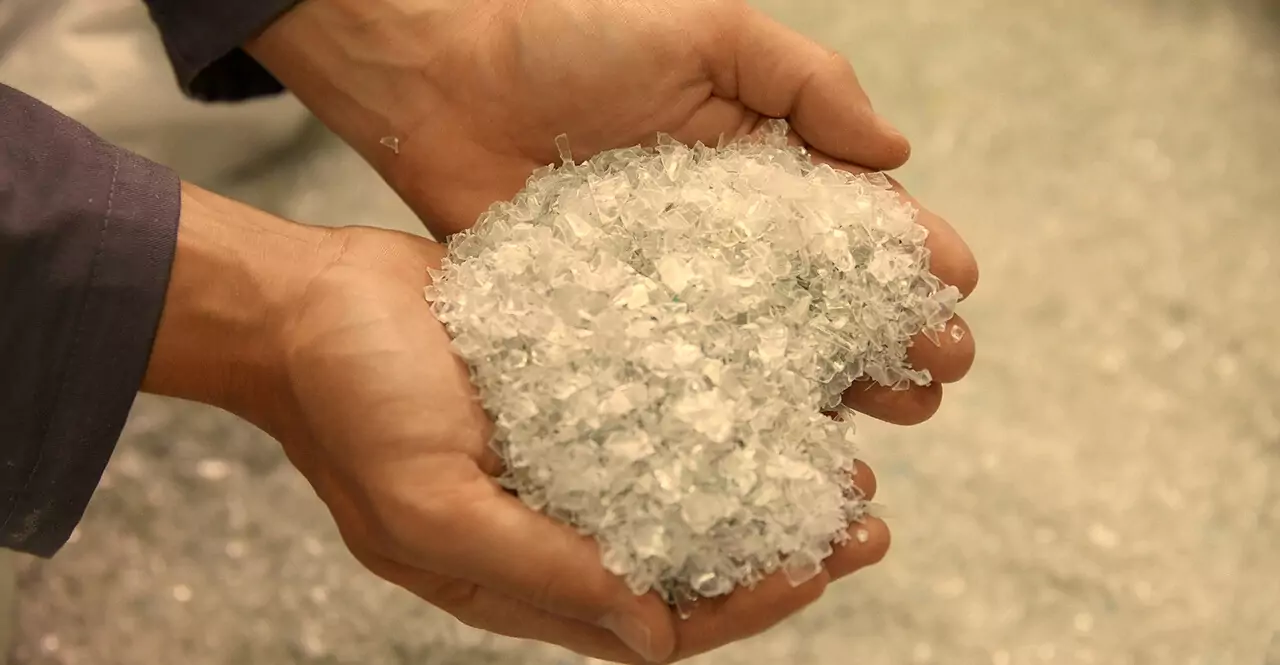Introduction
With the growing concern over environmental degradation and plastic pollution, industries around the globe are shifting towards more sustainable practices. Packaging, a major contributor to plastic waste, is under particular scrutiny. Among the many eco-friendly materials gaining popularity, recycled polypropylene (rPP) granules are making a significant impact. Derived from post-consumer and post-industrial plastic waste, rPP granules offer a balance of performance, cost-efficiency, and sustainability.
This article explores the key advantages of using rPP granules in sustainable packaging and their critical role in reducing our environmental footprint.
What Are rPP Granules?
Recycled polypropylene (rPP) granules are thermoplastic polymers produced from recycled polypropylene materials such as containers, packaging films, automotive parts, and household products. Through mechanical recycling processes—collection, sorting, washing, shredding, and reprocessing—the waste is transformed into reusable granules that maintain most of the original material’s properties.
PP is known for its strength, flexibility, and chemical resistance, making rPP an ideal candidate for various packaging applications ranging from rigid containers to flexible films.
Benefits of rPP Granules in Packaging
1. Environmental Sustainability
One of the most significant advantages of using rPP granules is their contribution to reducing environmental pollution. By reprocessing waste polypropylene, rPP production diverts plastic from landfills and oceans, promoting responsible plastic waste management.
Using rPP over virgin PP also results in lower carbon emissions, energy consumption, and raw material extraction. According to various life cycle assessments, rPP has a smaller environmental footprint compared to its virgin counterpart.
2. Resource Efficiency
rPP granules reduce the dependency on fossil fuel-based virgin polypropylene. This helps conserve non-renewable resources and promotes a more circular economy where materials are reused rather than discarded.
By integrating rPP into packaging, companies can lower their resource input while maintaining functionality, especially in short-lived packaging applications where long-term material endurance isn’t a primary concern.
3. Cost-Effectiveness
Recycled materials often come with lower production costs, especially when local recycling infrastructures are in place. rPP granules can offer a competitive pricing edge compared to virgin PP, making them an attractive choice for manufacturers looking to optimize budgets without compromising on quality.
The economic viability of rPP is improving as recycling technologies become more efficient and widespread, reducing processing costs and improving output quality.
4. Comparable Performance
Modern recycling techniques ensure that rPP granules exhibit performance characteristics that are close to virgin polypropylene. These include excellent mechanical strength, heat resistance, and moisture barrier properties.
rPP can be tailored to suit various packaging formats such as:
- Blow-molded bottles
- Injection-molded caps and containers
- Thermoformed trays and packaging films
This versatility makes it suitable for a range of industries including food, healthcare, personal care, and household goods.
5. Regulatory Compliance and Safety
Thanks to advancements in sorting and decontamination technologies, rPP granules can meet stringent safety standards. Food-grade rPP is now possible through advanced mechanical and chemical recycling methods. These developments enable brands to use rPP in food packaging while adhering to regulatory guidelines from authorities like the FDA and EFSA.
This increases the appeal of rPP in sensitive markets that previously relied exclusively on virgin materials.
6. Corporate Social Responsibility (CSR) and Brand Image
Consumers are increasingly demanding transparency and environmental accountability from brands. Incorporating rPP in packaging aligns with sustainability goals and strengthens brand perception.
Companies can leverage eco-friendly packaging to:
- Fulfill CSR commitments
- Appeal to environmentally conscious consumers
- Differentiate themselves in the marketplace
Green packaging initiatives often translate into increased customer loyalty and positive brand equity.
7. Supports Circular Economy Goals
rPP granules fit perfectly within the circular economy model by closing the loop of plastic usage. Unlike linear production, which follows a make-use-dispose pattern, a circular system ensures that materials like PP are reused multiple times.
This reduces overall waste generation and creates a continuous lifecycle for packaging materials, making industries more resilient and sustainable.
8. Customizability and Processability
rPP granules can be easily modified with additives or combined with other materials to meet specific performance requirements. This includes colorants, UV stabilizers, or impact modifiers that extend the functionality of the packaging.
In terms of processing, rPP is compatible with existing machinery used for virgin PP, requiring minimal to no adjustments, which simplifies its adoption.
Applications of rPP Granules in Packaging
The adaptability and resilience of rPP granules make them suitable for a wide array of packaging uses, including:
- Food containers and lids (non-direct contact or approved food-grade)
- Flexible packaging films for snacks, dry foods, or detergents
- Household product packaging such as bottles for cleaners
- Caps and closures used in beverages, cosmetics, and pharmaceuticals
- Transport packaging like crates, pallets, and trays
Each application benefits from the strength, light weight, and chemical resistance of polypropylene, now with added sustainability through recycling.
Challenges and Considerations
While the benefits of rPP granules are numerous, there are also challenges that must be addressed:
- Contamination: Recycled PP may contain residues that affect quality if not properly cleaned and sorted.
- Color variability: Recycled material may have inconsistent coloring, which can limit its use in high-aesthetic applications.
- Standardization: Lack of consistent industry standards can affect material predictability across suppliers.
These challenges are being actively tackled through innovation in recycling processes, certification systems, and material traceability technologies.
Future Outlook for rPP in Packaging
The demand for sustainable packaging is expected to rise steadily in the coming years. With increasing pressure from governments, investors, and consumers to reduce plastic waste, the use of recycled content like rPP will become standard practice.
Emerging trends include:
- Greater adoption of chemical recycling for higher-purity outputs
- Smart packaging with recycled content for supply chain transparency
- Global brands committing to using a certain percentage of recycled plastics
These trends reinforce the position of rPP granules as a cornerstone in building a sustainable, low-waste future for packaging.
Conclusion
Recycled polypropylene granules are reshaping the packaging industry by offering a sustainable, efficient, and high-performing alternative to virgin plastics. From environmental benefits and regulatory compliance to economic value and versatility, rPP granules empower manufacturers to adopt eco-friendly practices without sacrificing product integrity.
As sustainability continues to be a global priority, rPP will play a critical role in the transition towards responsible packaging solutions. Embracing rPP is not just an environmental imperative—it’s also a smart business move that aligns with evolving consumer expectations and global sustainability goals.
Ready to make the switch to sustainable packaging? Contact Aadinath Ecotex to learn how our high-quality rPP granules can support your eco-friendly product goals.

